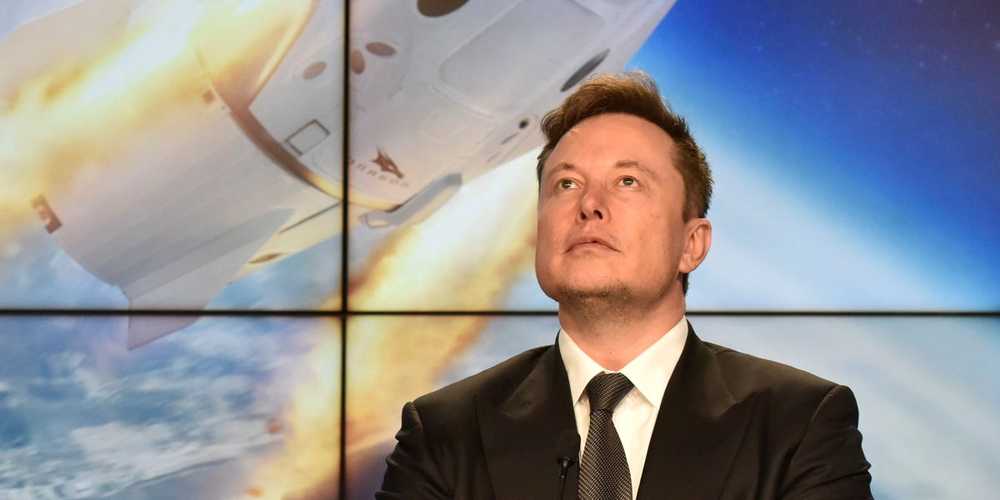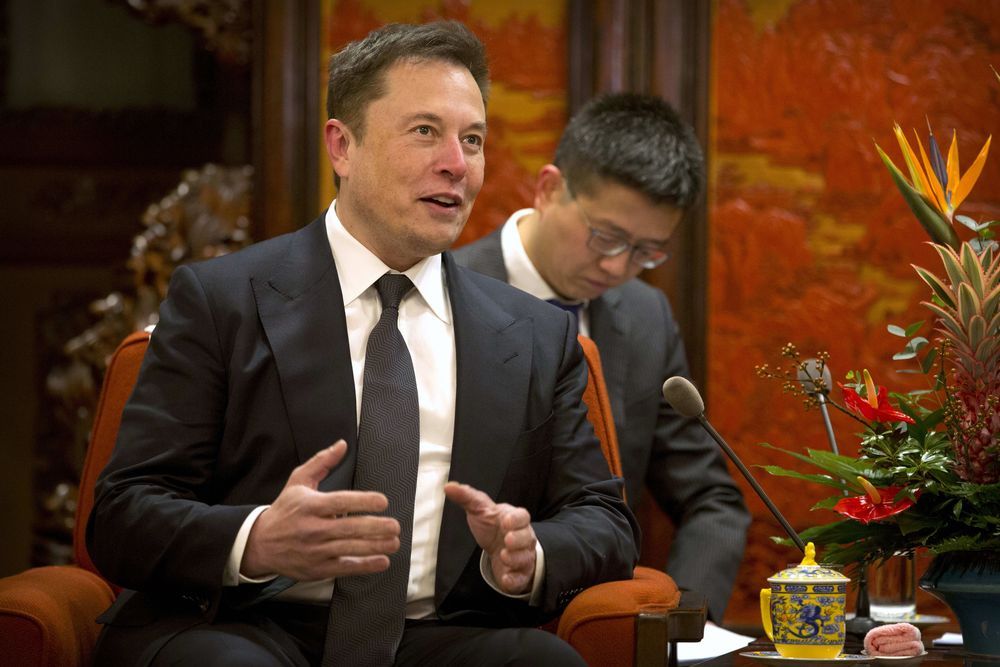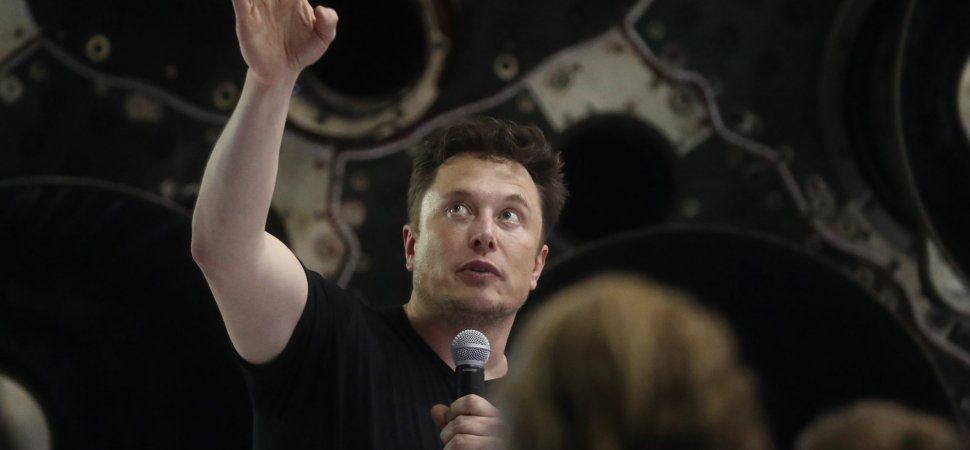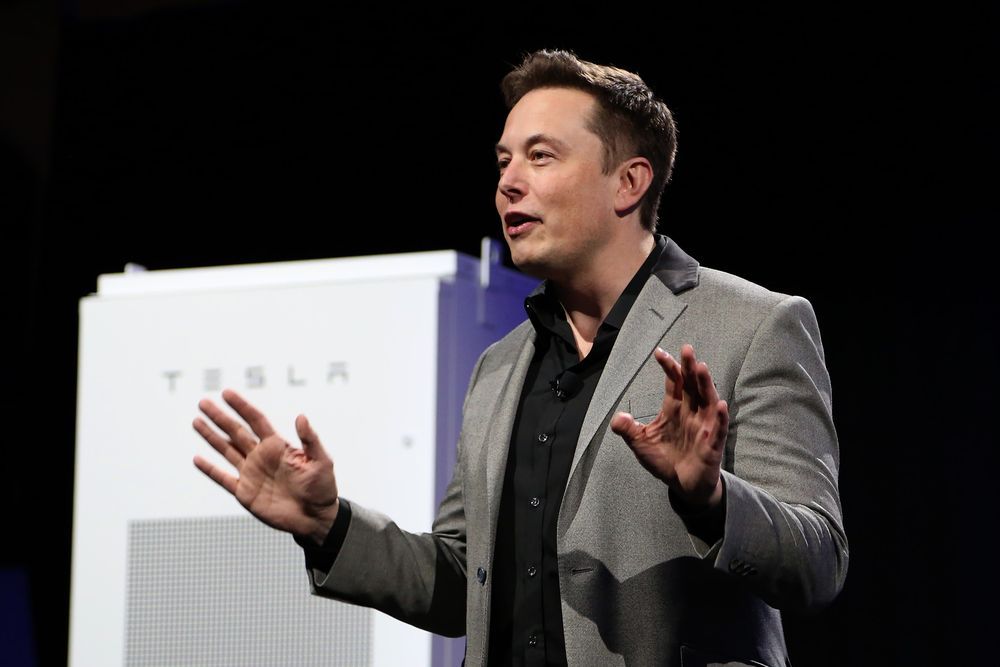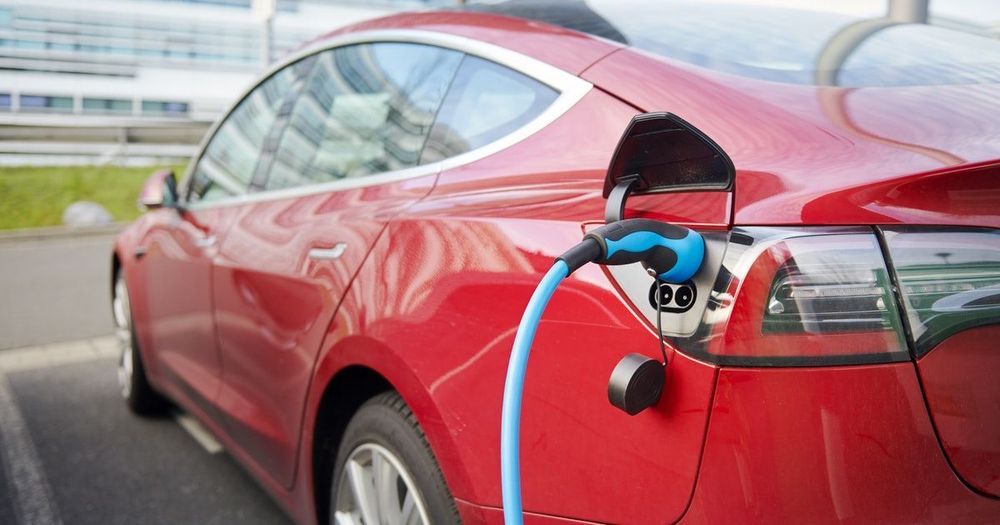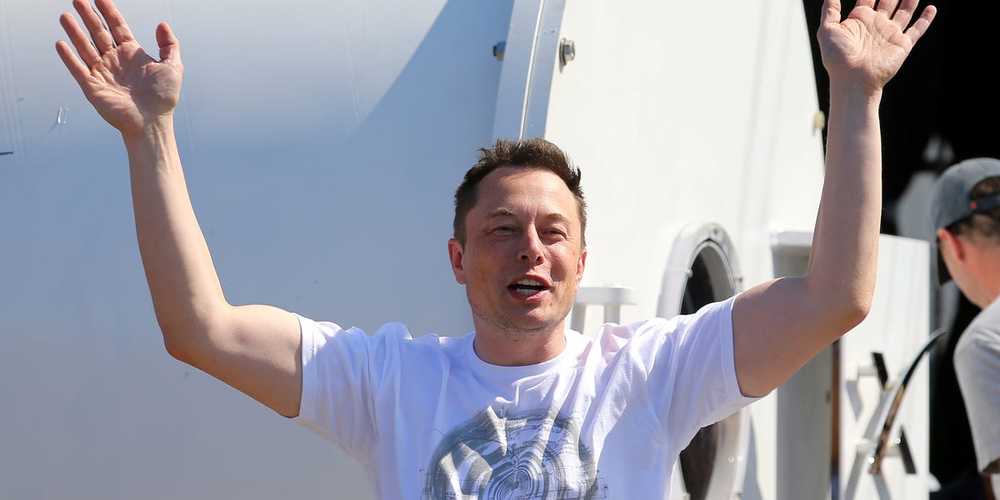So what’s Tesla to do? The answers may come in the Battery Day, a forthcoming explainer that could take place in April. The day is expected to be similar in setup to the Autonomy Day in April 2019, where Musk explained to investors the company’s progress on full self-driving capabilities.
What will they show? One of the standout features may be the company’s Maxwell Technologies acquisition. The $218 million deal, announced February 2019, brings in a firm working on exotic technologies like dry electrodes and ultracapacitors. The firm has also identified a pathway to raising battery density to 500 watt-hours per kilogram. Current batteries tend to weigh around 300 watt-hours, but a jump to 500 could enable advanced uses like an electric plane.
Musk confirmed during Wednesday’s call that Tesla is working with Maxwell, while also stating that its ultracapacitor technology is an “important piece of the puzzle.” This exotic technology could transform how energy is managed within the car, and Musk was actually planning to do his PhD at Stanford University on them before he dropped out.
